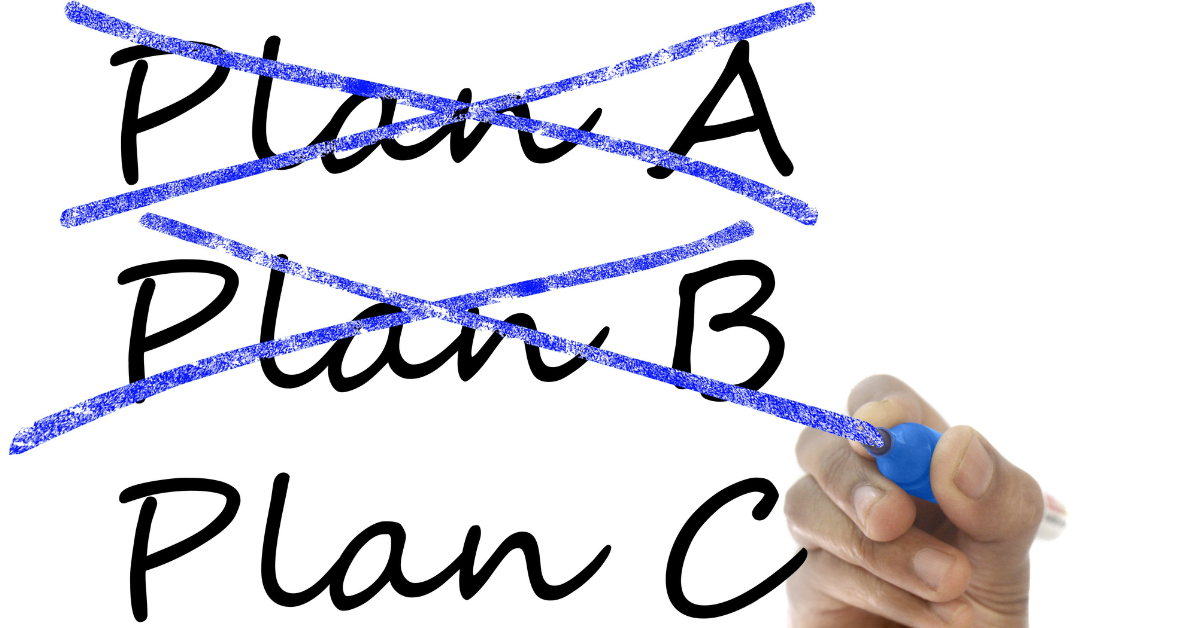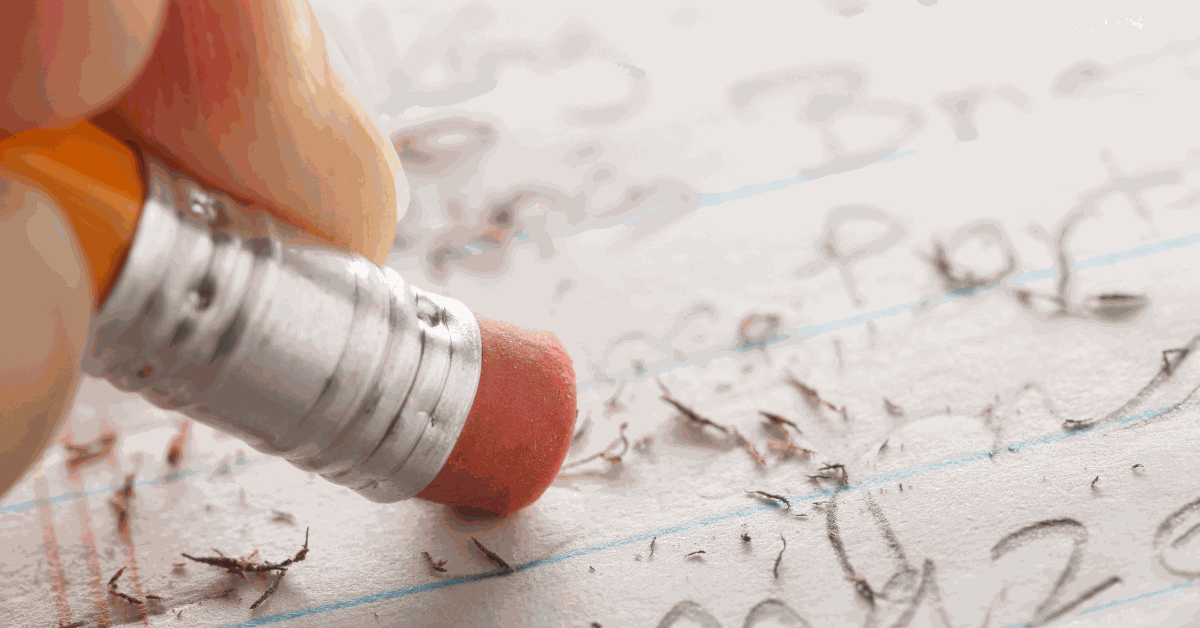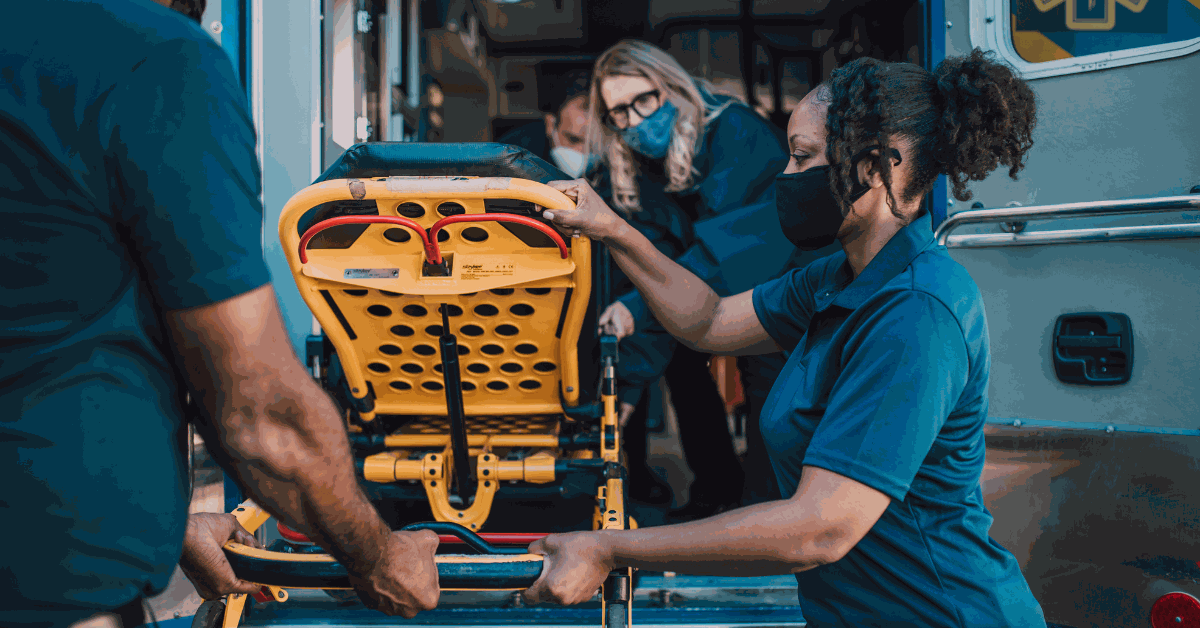Often, one of the biggest questions for trial can be about evidence. You can have your case strategy nailed down, your witnesses prepped, and your narrative tight – but if a key piece of evidence is excluded by the judge, everything changes. That’s why admissibility challenges are a top concern for trial attorneys, especially during high-stakes litigation
When admissibility is in question, you don’t just need a Plan B – you need Plans B through Z. There are steps trial teams can take when faced with uncertainty around evidence, including using focus groups to test your case with and without critical evidence, to avoid getting caught off guard.
What are the top 3 ways to prepare when crucial evidence is not admissible?
To be prepared if particular evidence is not admissible: identify alternate evidence or testimony to support the point, refocus the case theme to avoid relying on a specific piece of evidence, and test the revised strategy to see if jurors remain persuaded through a focus group or mock trial.
Why Evidence Admissibility Should Never Be Assumed
Let’s start with a reality check. Just because evidence exists doesn’t mean it gets in. Motions in limine, objections, chain-of-custody issues, hearsay complications are just some of the reasons why critical testimony, documents, or exhibits might be excluded.
Often, you may not know until deep into the trial prep process whether some evidence will be allowed. You might have this killer piece of evidence, but if the judge excludes it, it may impact significant elements of your case. The key is to not delay understanding what the inclusion and exclusion of specific evidence might mean for the case.
So, how should legal teams prepare when the admissibility of evidence is in question? There are practical, science-backed strategies to keep the case strong no matter which way the judge rules.
1. Accept that Admissibility Challenges Are Inevitable
First, stop treating admissibility issues as unexpected detours. Treat them as known variables. The “I’m not sure this will get in” problem routinely disrupts trial prep and case strategy sessions. But that lack of certainty doesn’t need to derail preparation. It can drive a more robust strategy if you’re proactive.
If you’re worried about a piece of evidence being excluded, you must test your case with and without it. There’s no way around that.
2. Run Jury Research with Scenario Variations
Focus groups offer an excellent “lab” for stress-testing arguments. When evidence is in limbo, run a focus group using both scenarios:
- One version with the contested evidence admitted
- One version without it
Run these as two separate groups to measure the impact of the disputed information. This method helps quantify the actual weight of the evidence. It can provide a roadmap on how to navigate arguments based on whether the information is included or not..
3. Don’t Try to “Drop the Evidence” at the End
Here’s a common trap: you run a focus group or mock trial, hold back the questionable evidence, and then ask participants afterward, “How would this change your opinion if you had seen this?”
The answer: it doesn’t work.
Asking mock jurors to imagine how they’d feel differently is unreliable. Their perceptions are formed through the full presentation process. The impact of evidence is contextual. As tempting as it may be, you can’t just throw it in at the end and expect a valid reaction. You can’t unring a bell.
4. Build Redundant Themes
When a key piece of information is vulnerable, don’t rely on it to carry your entire case theme. Instead, create redundant pathways to the same conclusion.
Let’s say you’re defending a medical malpractice claim and hoping to introduce a specific guideline that bolsters your doctor’s actions. If that guideline gets excluded, can you still establish credibility through testimony from a respected expert? Can a witness walk the jury through the rationale instead?
You’re in trouble if you’re betting the house on one piece of evidence and it gets kicked. Build your case like a web, not a tower.
5. Understand the Emotional Weight of Evidence
All evidence isn’t created equal. Some carry heavy emotional payloads, and jurors notice.
Legal teams tend to focus on relevance and factual accuracy, but analyzing the emotional tone of the evidence matters. Ask questions like, “Does this piece of evidence evoke anger, sympathy, or disgust?” This inquiry reveals how much impact it may have on deliberations and whether jurors may compensate for its absence with other emotional cues.
If your strongest exhibit is challenged, consider whether you can insert a new narrative to redirect jurors’ emotions. Is there another angle that elicits the same emotional response? That pivot could preserve persuasive power even in the face of exclusion.
6. Manage Client Expectations Early
Clients often assume that “the truth will come out.” But the courtroom isn’t just about truth – it’s about what can be shown, legally.
If you’ve got a client dead set on a particular piece of evidence making the case, prepare them early for the possibility it won’t see the light of day. Walk them through the motion in limine process. Discuss backup strategies. Frame your role as preparing for all contingencies, not just the ideal scenario.
Overconfidence can be toxic when evidence is excluded at trial. Clients panic. They weren’t mentally prepared for that curveball. Managing client expectations is an essential part of being an attorney.
7. Use Admissibility Challenges to Pressure-Test Your Case
Admissibility issues are more than hurdles – they’re strategic opportunities. If the case survives without its “smoking gun,” it may become stronger.
Testing both scenarios can sharpen storytelling, clarify witnesses’ roles, and streamline the narrative. And if the evidence does come in, your presentation feels even more compelling, because you’ve already built a resilient case without it.
Overcome Admissibility Challenges with Courtroom Sciences
Admissibility challenges are frustrating. They create uncertainty. They introduce risk. But they can also offer clarity. If you can win without that piece of evidence, your case strategy is rock solid. Being flexible, strategic, and emotionally attuned to jurors’ thinking and decision-making process wins cases, not simply dropping the proper evidence.
So the next time you’re worried about whether a piece of evidence will get in, ask yourself: If it doesn’t, are we still ready to win? If the answer isn’t an immediate “yes,” it’s time to revisit your preparation – before court, before mock trial, and before it’s too late.
Courtroom Sciences helps attorneys efficiently navigate litigation by providing psychological expertise, science-backed data, and expert support for all phases of litigation. Learn how CSI’s litigation consulting experts can improve outcomes for your next case. Speak with one of our experts to get started.
Be confident in achieving superior litigation outcomes. CSI has the expertise, track record, and capabilities to help you win.



